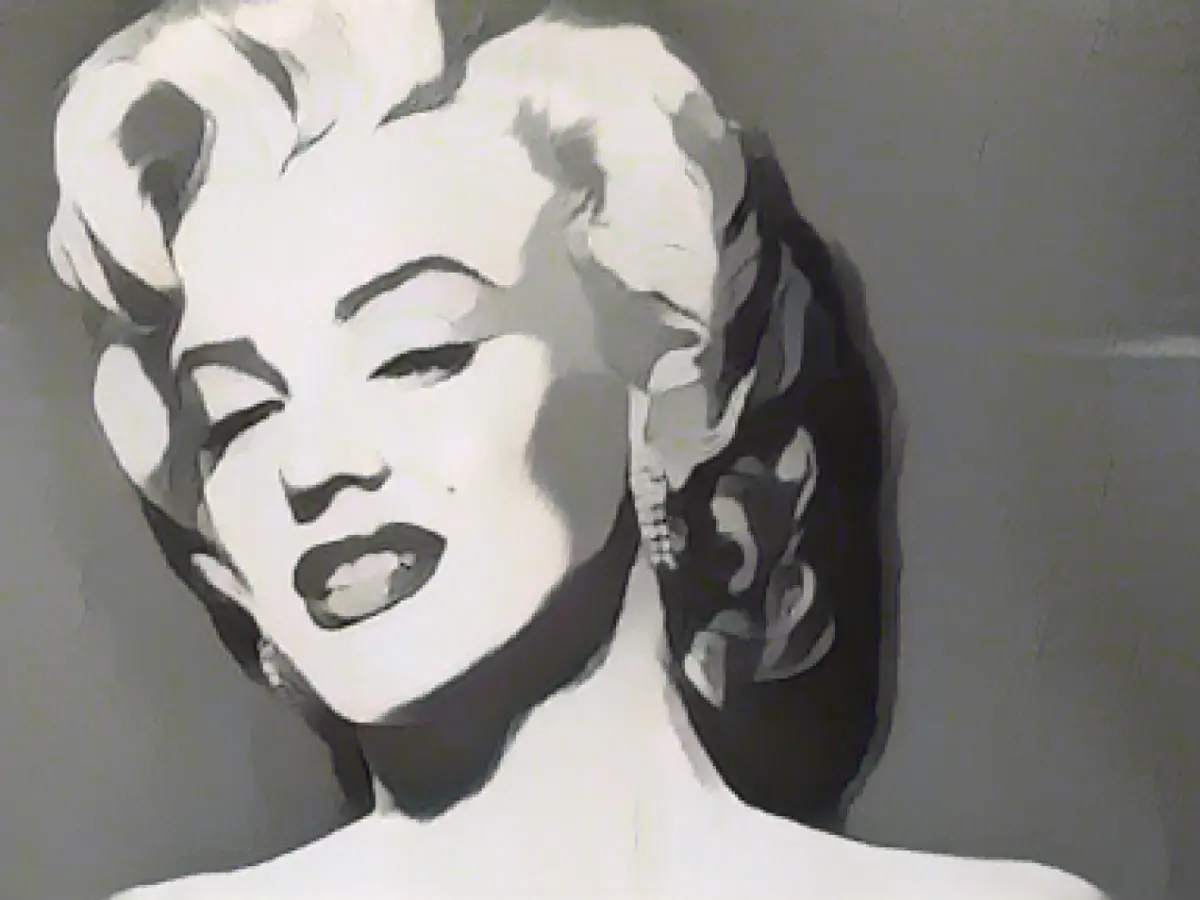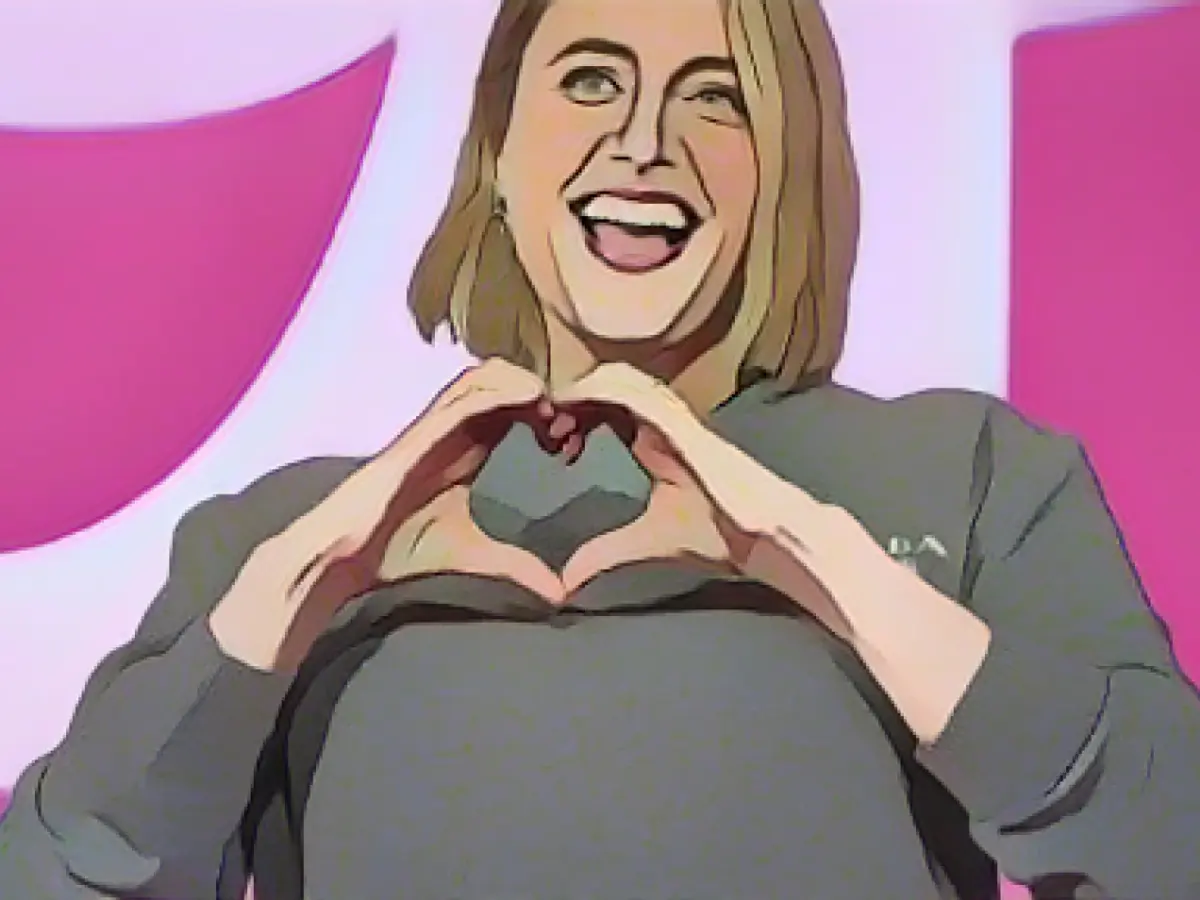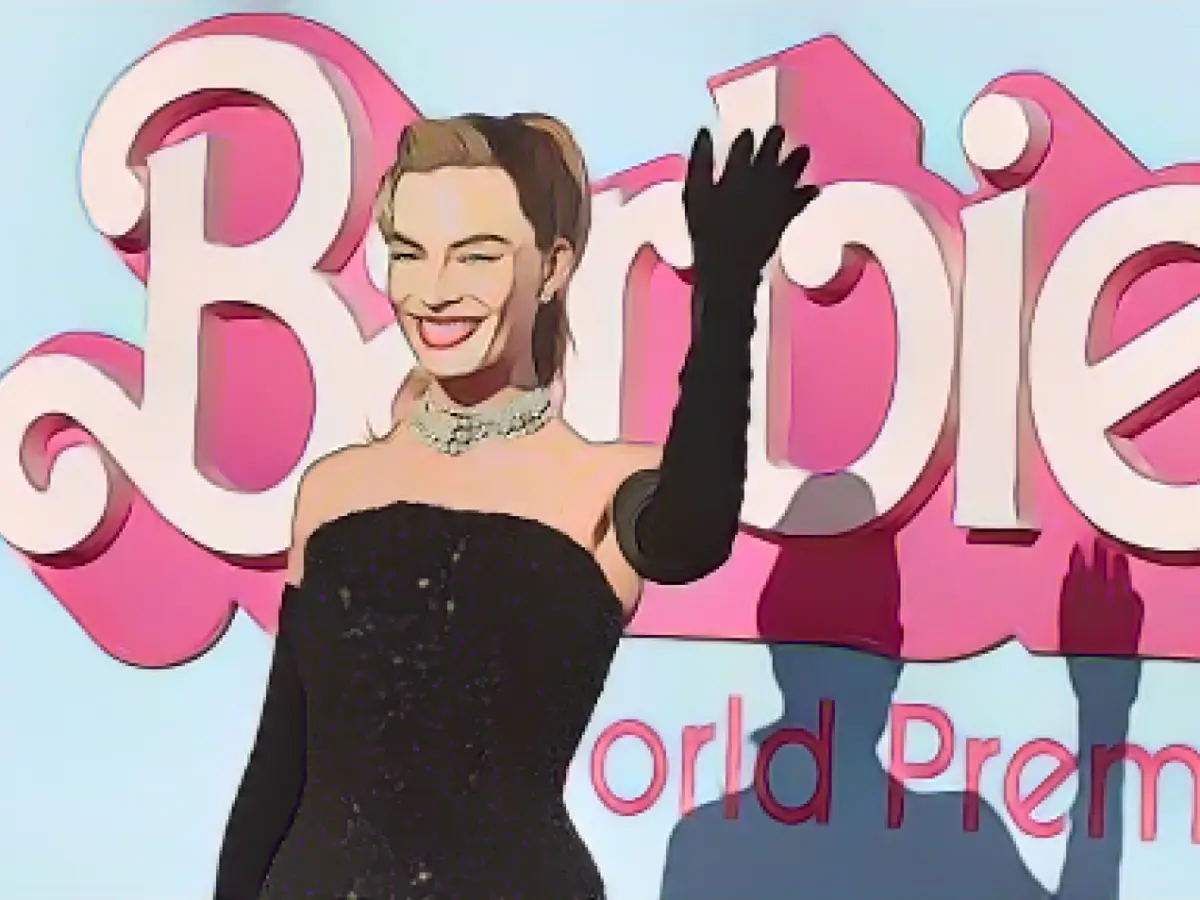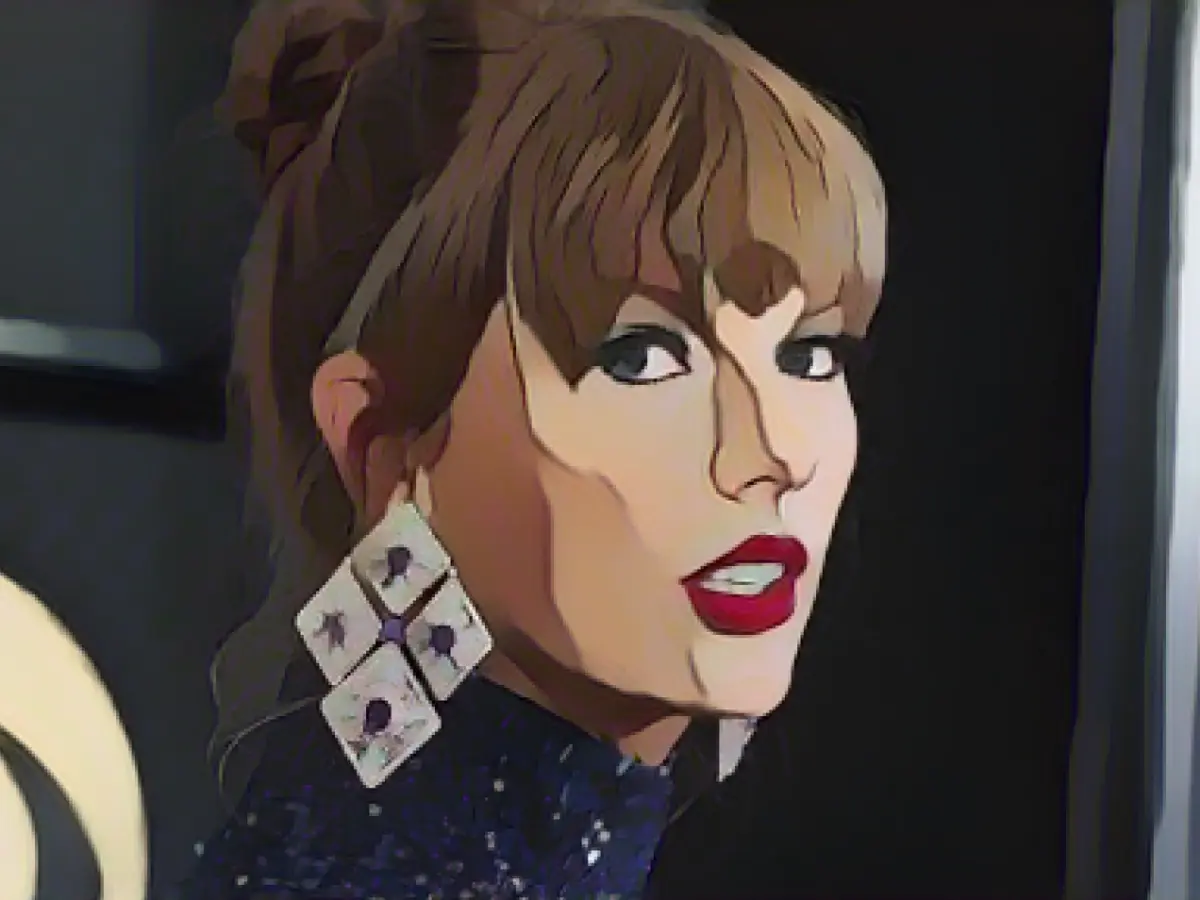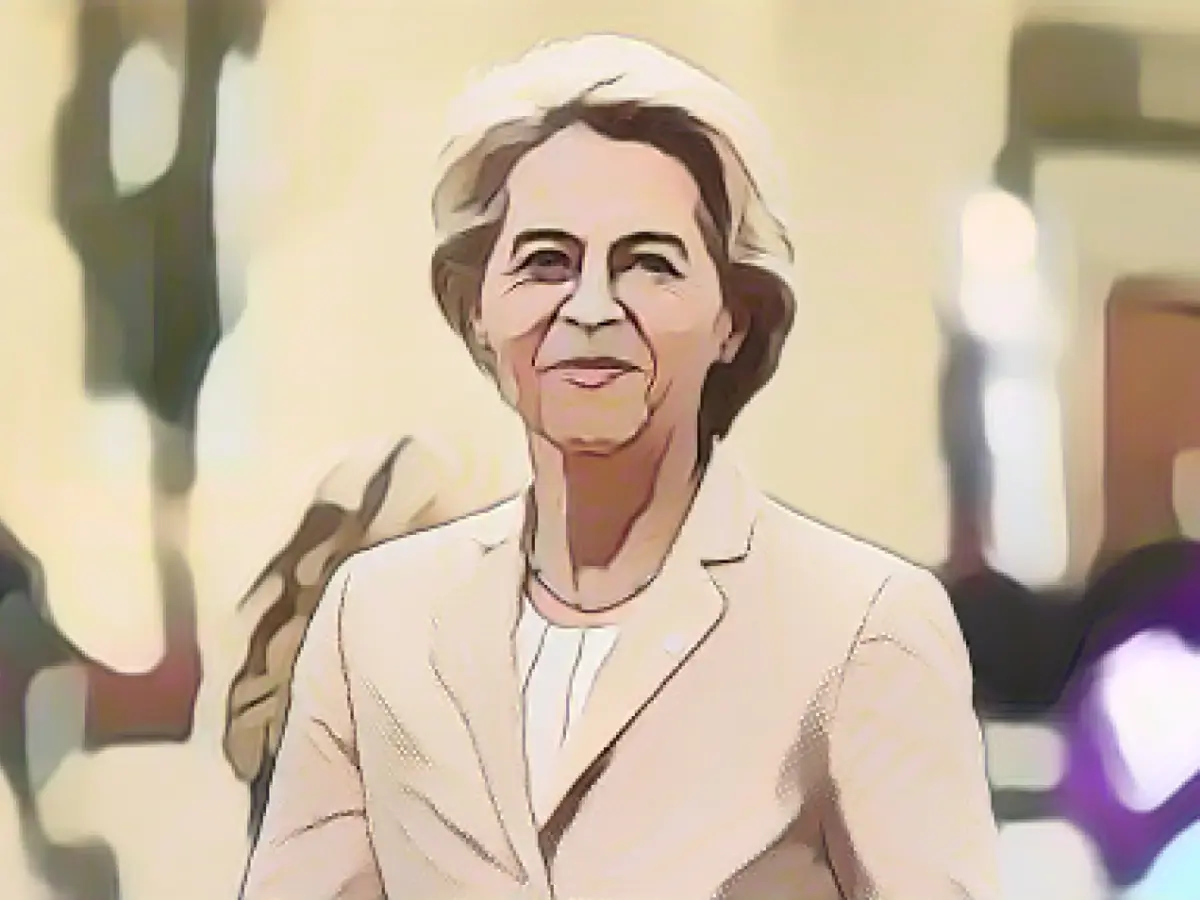Blondes and Beyond: Unraveling the Mythical Hair Color's Allure
Blonde hair is synonymous with icons like Marilyn Monroe, Brigitte Bardot, and Marlene Dietrich, yet it's also associated with the Christ Child at the famous Nuremberg Christmas Market, sporting "curly blonde hair with a golden crown and white and gold robe." But what is it about this hair color that captivates and intrigues society? Let's delve into the cultural significances, societal preferences, and persistent myths surrounding blondes.
Germans and their Love for Blonde Hair
Popularity and Preference
Blonde is the go-to hair color for dyeing, according to the German Personal Care and Detergent Industry Association (IKW). Although more than half of women abandon hair-coloring these days, the blonde trend among men is on the rise. Surveys reveal that a majority of adults in Germany prefer dark hair on men, while light hair is the ultimate choice for women.
Cultural Influences
Despite making up only a two-percentage point of the global population, blondes have left an indelible mark on popular culture and history. Blonde hair, often associated with light-hearted humor, has emerged as a symbol of feminine allure and attraction.
But why does blonde hair hold such a profound cultural significance?
Blonde's Historical and Mythological Roots
Blonde hair has a long history of cultural appropriation. In Norse mythology, it symbolized divine beauty and power - goddesses like Freya and Freyja were often depicted with golden locks. The viking legend of the Valkyries, female figures sent by Odin to collect fallen warriors, perpetuated the idea of blonde hair associated with strength and bravery.
Negative Stereotypes and Controversy
However, blonde hair has not always been celebrated. In some cultures, blonde hair was stigmatized and exoticized. Some societal expectations cast blondes as dumb or shallow, leading to negative stereotypes that persist today.
Yet, blonde hair continues to captivate and inspire, from the cinematic splendor of Hollywood's Golden Age to contemporary pop culture.
The Modern Age of Blonde Hair
From Brigitte Bardot to Marilyn Monroe, to contemporary stars like Dolly Parton (who famously said, "I don't take offense to dumb blonde jokes because I know I'm not dumb ... and I also know I'm not blonde."), blonde hair has perpetuated an allure that transcends time and culture.
Blonde Hair: Beauty, Power, and Flexibility
The perception of blonde hair extends beyond its association with mythology and pop culture. The diversity in the meaning of blonde hair is largely due to the growth of the hair-dyeing industry. Whether its shades are associated with purity, glamour, or youth, blonde hair has a unique flexibility in its symbolic representation.
The Power of Individuality
From historical figures to everyday people, the power of individuality cannot be understated. Germans, and people across the globe, value the freedom to choose and express themselves through their appearance, including hair color.
In today's world, the definition of beauty is evolving, and hair color is no exception. Blonde hair's cultural significance reveals a broader evolution of societal norms, reflecting the beauty of diversity and self-expression.
